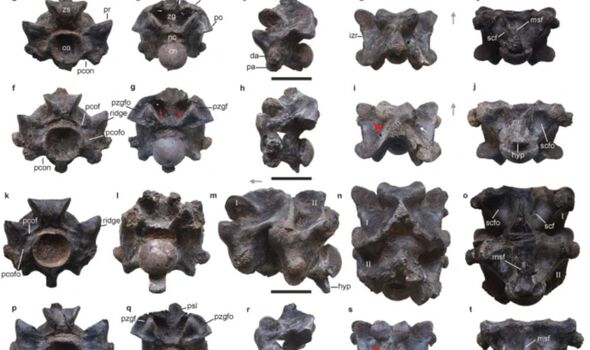
U.S. success traces back to 1994
June 28, 2014
Putin pledges reliable energy supplies to Europe – ITAR
June 28, 2014The European Space Agency (ESA) announced today that it has chosen an instrument that will scan the universe for x-ray emissions from massive black holes and other celestial objects as its next large space science mission. The Advanced Telescope for High-Energy Astrophysics (Athena), scheduled for launch in 2028, would be the largest x-ray space telescope ever built. ESA’s large missions typically cost around €1 billion.
“Athena will revolutionize our view of black holes and cosmic structures filled with million degree gas. We really need this to build a holistic picture of the observable Universe,” said Paul Nandra, director of the Max Planck Institute for Extraterrestrial Physics in Garching, Germany, and lead investigator of the Athena proposal, in a statement. Researchers will use the telescope to study the growth of supermassive black holes and how they affect the galaxies around them, and to map the universe’s hot gas.
Athena’s selection marks the latest step in a long, tangled effort to build a major new x-ray observatory. A decade ago, ESA, NASA, and the Japanese space agency JAXA had begun planning to work together on a next-generation mission called the International X-ray Observatory (IXO). That collaboration disintegrated, however, following a change of priorities by NASA. But last year the European IXO team presented a scaled-back plan, dubbed Athena, at an ESA meeting that examined some 30 ideas for future large missions. This past November, the agency announced it had chosen themes for two potential missions: “the hot and energetic universe” would be the focus of a mission to be launched in 2028, with a “gravitational universe” mission set for 2034. Athena was the only realistic proposal for the first slot, and its backers spent the past 6 months honing their pitch. Today, the work paid off. “It’s been a long time coming, but we’re delighted,” says astrophysicist Andrew Fabian of Cambridge University, a member of the Athena coordination group.
Athena will have x-ray collectors—essentially specialized mirrors—that will have 30 times the area of existing scopes, such as NASA’s Chandra X-ray Observatory and ESA’s XMM-Newton. It will also have sharper resolution and a much improved ability to analyze x-ray spectra. X-rays can only be focused by reflecting them off metal mirrors at very low, grazing angles. Athena’s mirrors will be made of a huge number of slivers of silicon made using methods taken from the semiconductor industry and crafted by robots. “It’s a giant leap forward,” says Fabian.
Although Athena will be an open observatory so that any astronomer can apply for observing time, its two main goals will beto understand hot intergalactic gas and supermassive black holes. Fabian says that most of the normal matter in the universe is in the form of hot gas between galaxies or amongst galaxy clusters. “We want to understand what it’s doing,” he says. Athena’s spectrometer will be sensitive enough to not only analyse the chemical make-up of the gas but also how it is moving, via its Doppler shift.
The supermassive black holes that lie at the heart of many galaxies also pose a mystery because they seem to have a disproportionate influence over the properties of the galaxy around them, given the relatively small size of the black hole. Athena will be able to track the hot gases swirling around these central black holes so researchers can study their interaction with the surrounding galaxies.
The decision to go ahead with Athena neatly fills a hole in the electromagnetic spectrum not yet covered by the upcoming generation of giant observatories. These large-scale instruments are currently under construction or in planning and include the European Extremely Large Telescope and other U.S.-led scopes (which will observe the optical and infrared portions of the spectrum), the Square Kilometre Array (radio waves), the Atacama Large Millimetre and Submillimetre Array (short wavelength radio), the James Webb Space Telescope (infrared) and the Cherenkov Telescope Array (gamma rays). “Athena is well matched in capability” with these other instruments, says Fabian, allowing multi-spectral observations of interesting astronomical objects.
The Athena team must now draw up a detailed design and budget before ESA gives the final go-ahead for construction, planned to begin in 2019.



